Overview
Nuranang Waterfall, also known as Jang Falls or Bong Bong Falls, is a mesmerizing natural wonder located in the Tawang district of Arunachal Pradesh, India. With its pristine white water cascading down from a height of approximately 100 meters (328 feet), this waterfall is one of the most beautiful yet relatively unexplored waterfalls in Northeast India. Nestled amidst the lush green forest and the serene mountains, Nuranang Waterfall offers a tranquil retreat away from the hustle and bustle of city life. One Day Cherrapunjee Sightseeing Trip By Private Cab
The waterfall originates from the Nuranang River, which flows from the northern slopes of Sela Pass. As it makes its way down the steep mountains, it creates a stunning cascade that is both visually captivating and aurally soothing. The Nuranang Waterfall is not only a scenic spot but also a source of hydroelectric power for the local area, as there is a small hydel plant situated nearby. Bum La Pass: Best Gateway to Indo-China Friendship and Scenic Splendor
This hidden gem is an ideal spot for nature lovers, photographers, and adventurers. The misty spray of water, the surrounding dense forest, and the majestic backdrop of the Eastern Himalayas make Nuranang Waterfall a must-visit destination for anyone traveling to Arunachal Pradesh.
Location of Nuranang Waterfall

- State: Arunachal Pradesh, India
- District: Tawang District
- Coordinates: 27.5739° N, 92.0503° E
- Elevation: Approximately 6,000 feet above sea level
Nuranang Waterfall is located around 40 kilometers from Tawang town and just 2 kilometers away from the small town of Jang. It lies on the route from Tawang to Bomdila, making it easily accessible for travelers visiting the region.
Time/Entry Fees of Nuranang Waterfall

Visiting Hours
Nuranang Waterfall is open to visitors throughout the day. It is best to visit during daylight hours to fully appreciate the beauty of the waterfall and the surrounding scenery. The morning and late afternoon hours offer the most favorable lighting conditions for photography.
- Recommended Visiting Hours: 7:00 AM to 5:00 PM
Entry Fees
- Entry Fee: There is no entry fee to visit Nuranang Waterfall. Visitors can enjoy the natural beauty of the waterfall without any charges. However, donations are appreciated for the maintenance of the site and to support local initiatives.
How to Reach Nuranang Waterfall

By Air
The nearest airport to Nuranang Waterfall is Tezpur Airport in Assam. Tezpur offers limited connectivity, so most travelers prefer flying into Lokpriya Gopinath Bordoloi International Airport in Guwahati, which has better connections to major Indian cities. From Guwahati or Tezpur, travelers can continue their journey by road to reach Nuranang Waterfall.
- Nearest Airport: Tezpur Airport, Assam
- Distance from Tezpur Airport to Nuranang Waterfall: Approximately 388 kilometers
- Travel Time: Around 10 to 12 hours by road from Tezpur
By Rail
The nearest railway stations are Tezpur and Rangapara North Railway Station in Assam. From these stations, visitors can hire taxis or use public transport to reach Tawang and then continue to Nuranang Waterfall.
- Nearest Railway Station: Tezpur Railway Station (TSZ) / Rangapara North Railway Station
- Distance from Tezpur Railway Station to Nuranang Waterfall: Approximately 388 kilometers
- Travel Time: Around 10 to 12 hours by road
By Road
Nuranang Waterfall is well-connected by road to Tawang, Bomdila, and other major towns in Arunachal Pradesh. The waterfall is located just off the main road connecting Tawang and Bomdila. Shared taxis, private cabs, and state-run buses are available from Tezpur, Bomdila, and Tawang, making it relatively easy to reach the waterfall.
- Distance from Tawang to Nuranang Waterfall: Approximately 40 kilometers
- Public Transport: Shared taxis and buses from Tawang, Bomdila, and Tezpur
- Private Vehicle: Travelers can rent a car or bike to enjoy a scenic drive through the mountainous terrain
Things to Do at Nuranang Waterfall
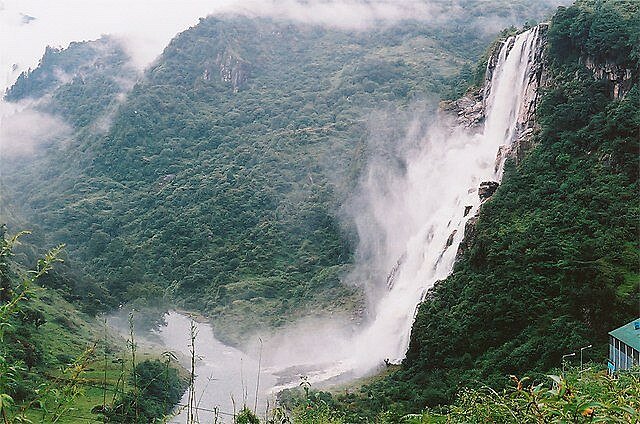
1. Enjoy the Scenic Beauty
The primary attraction of Nuranang Waterfall is its sheer natural beauty. The sight of the white water cascading down the rocky cliffs into a serene pool is a sight to behold. Visitors can take a leisurely walk around the area, relax by the riverbank, and soak in the tranquility of the surroundings. The dense forest, the sound of the rushing water, and the cool mist create a refreshing and peaceful atmosphere.
2. Photography
Nuranang Waterfall is a paradise for photographers. The waterfall’s dramatic descent, the lush greenery, and the misty spray offer endless opportunities for capturing stunning photographs. Whether you are an amateur photographer or a professional, the scenic backdrop of the waterfall provides the perfect setting for nature and landscape photography.
3. Visit the Hydel Power Station
Near the waterfall, there is a small hydel power station that harnesses the water from the Nuranang River to generate electricity for the surrounding areas. Visitors interested in learning about sustainable energy and the use of natural resources can visit the power station and gain insights into the hydroelectric process.
4. Trekking and Nature Walks
The area around Nuranang Waterfall offers opportunities for trekking and nature walks. The trails lead through the forested slopes and along the river, providing an immersive experience of the local flora and fauna. The fresh mountain air, the sound of birds, and the lush vegetation make trekking around Nuranang Waterfall a rewarding experience for nature enthusiasts.
5. Picnic by the Waterfall
Nuranang Waterfall is an ideal spot for a picnic. Visitors can bring along packed meals, snacks, and enjoy a day out in the lap of nature. The serene environment, the sound of the waterfall, and the cool breeze create a perfect setting for a relaxing picnic with family and friends.
Nearest Tourist Attractions of Nuranang Waterfall
Discover the Majestic Sela Pass: The Gateway to Arunachal Pradesh’s Hidden Treasures
Overview Sela Pass, perched at an altitude of 13,700 feet above sea level, is one…
Sela Lake: Best Hidden Gem of Arunachal Pradesh – Explore the Majestic Beauty
Overview Sela Lake, often referred to as Paradise Lake, is one of the most enchanting…
Panga Teng Tso Lake: A Serene Himalayan Getaway Amidst Pristine Landscapes
Overview Panga Teng Tso Lake, also known as P.T. Tso, is a picturesque glacial lake…
Bum La Pass: Best Gateway to Indo-China Friendship and Scenic Splendor
Overview Bum La Pass, located at an elevation of 15,200 feet (4,633 meters) above sea…
Nuranang Waterfall: A Hidden Gem in the Eastern Himalayas
Overview Nuranang Waterfall, also known as Jang Falls or Bong Bong Falls, is a mesmerizing…
Tawang Monastery: A Spiritual Sanctuary in the Heart of the Himalayas
Overview Tawang Monastery, also known as Galden Namgey Lhatse, which translates to “celestial paradise in…
1. Tawang Monastery
Located around 40 kilometers from Nuranang Waterfall, Tawang Monastery is the largest monastery in India and a significant center of Buddhist learning and culture. The monastery is known for its stunning architecture, ancient manuscripts, and panoramic views of the Tawang Valley. It is a must-visit destination for those exploring the Tawang region.
2. Sela Pass
Sela Pass, situated approximately 40 kilometers from Nuranang Waterfall, is a high-altitude mountain pass that offers breathtaking views of the surrounding peaks and the crystal-clear Sela Lake. The pass is a popular tourist spot, known for its snow-covered landscape during the winter months and its vibrant floral beauty in the summer.
3. Tawang War Memorial
The Tawang War Memorial, located near Tawang town, is dedicated to the brave Indian soldiers who lost their lives during the 1962 Sino-Indian War. The memorial, set against the backdrop of the majestic Himalayas, provides a poignant reminder of the region’s historical significance and the valor of the Indian Armed Forces.
4. Gorichen Peak
Gorichen Peak, the highest peak in Arunachal Pradesh, is located around 100 kilometers from Nuranang Waterfall. It offers excellent trekking opportunities for adventure enthusiasts and provides stunning panoramic views of the Eastern Himalayas. The peak is a popular destination for trekkers and mountaineers visiting the region.
5. Pankang Teng Tso Lake (PT Tso Lake)
Approximately 17 kilometers from Tawang, Pankang Teng Tso Lake is a beautiful high-altitude lake surrounded by snow-capped mountains. The lake, also known as Madhuri Lake, is named after the Bollywood actress Madhuri Dixit, who filmed a song sequence here. The serene and scenic environment of the lake makes it a popular spot for picnics and photography.
Significance/History of Nuranang Waterfall
Nuranang Waterfall is not only a natural wonder but also holds historical and cultural significance. The waterfall is named after a local Monpa girl, Nura, who is believed to have helped an Indian soldier during the 1962 Sino-Indian War. According to local legend, Nura was later captured and executed by the Chinese army, and the waterfall was named in her honor to commemorate her bravery and sacrifice.
The waterfall is also associated with the Monpa tribe, the indigenous people of the region, who consider it a sacred place. The Monpa community believes that the waterfall possesses spiritual powers, and it is often visited by locals for prayers and rituals. The legend and cultural significance of Nuranang Waterfall add a layer of depth to its natural beauty, making it a place of both historical interest and spiritual reverence.
FAQs
Q1: What is the best time to visit Nuranang Waterfall?
A1: The best time to visit Nuranang Waterfall is from March to October. During this period, the weather is pleasant, and the waterfall is in full flow, offering a spectacular view. The monsoon season (June to September) enhances the beauty of the waterfall, but visitors should be cautious of slippery paths and landslides.
Q2: Do I need a permit to visit Nuranang Waterfall?
A2: Indian citizens need an Inner Line Permit (ILP) to visit Arunachal Pradesh, including Nuranang Waterfall. Foreign nationals require a Protected Area Permit (PAP). These permits can be obtained online or from designated government offices in Assam and Arunachal Pradesh.
Q3: Is Nuranang Waterfall safe for swimming?
A3: Swimming in Nuranang Waterfall is not
recommended due to the strong currents and the slippery rocks around the area. The water flow can be unpredictable, and it is best to enjoy the waterfall from a safe distance.
Q4: Are there any food and accommodation options near Nuranang Waterfall?
A4: There are no food stalls or accommodation facilities directly at Nuranang Waterfall. Visitors are advised to carry their own food and water. The nearest accommodation options are available in Tawang and Jang, where hotels and guesthouses offer comfortable stays.
Q5: Can I visit Nuranang Waterfall during winter?
A5: Yes, Nuranang Waterfall can be visited during winter (November to February). However, the region experiences heavy snowfall, and the temperatures can drop significantly. Travelers should be prepared for cold weather and possible road closures due to snow and ice.
Conclusion
Nuranang Waterfall, with its stunning cascade, tranquil surroundings, and rich cultural history, is a hidden treasure in the Tawang district of Arunachal Pradesh. This natural wonder not only offers a visual treat but also provides a serene retreat for those seeking solace amidst nature. Its proximity to other attractions like Tawang Monastery and Sela Pass makes it a must-visit destination for travelers exploring the region.
Whether you’re an adventure enthusiast, a nature lover, or someone seeking a peaceful escape, Nuranang Waterfall promises an unforgettable experience. Its untouched beauty and the stories that surround it make it more than just a scenic spot; it is a place that resonates with the essence of the Eastern Himalayas. Visiting Nuranang Waterfall is an opportunity to connect with nature, history, and the cultural richness of Arunachal Pradesh, making it a journey worth undertaking.

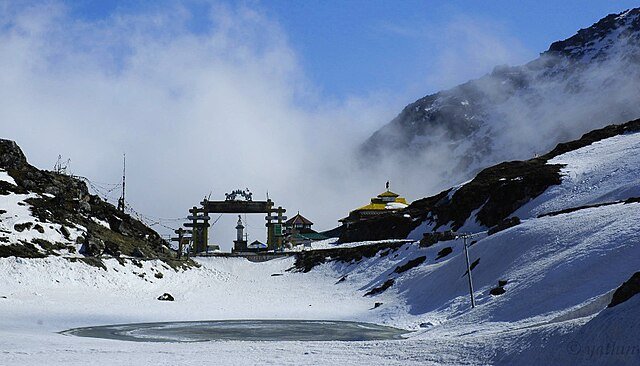


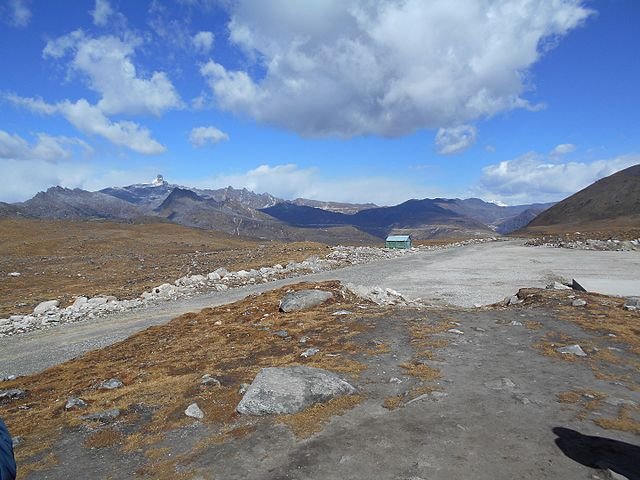





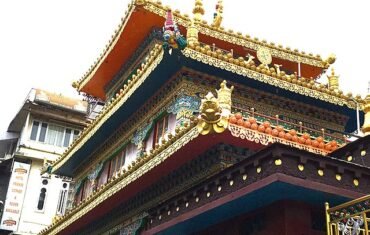
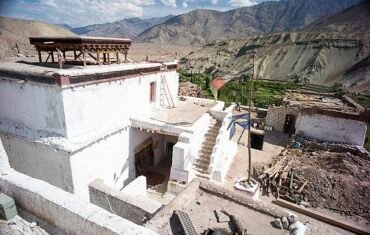


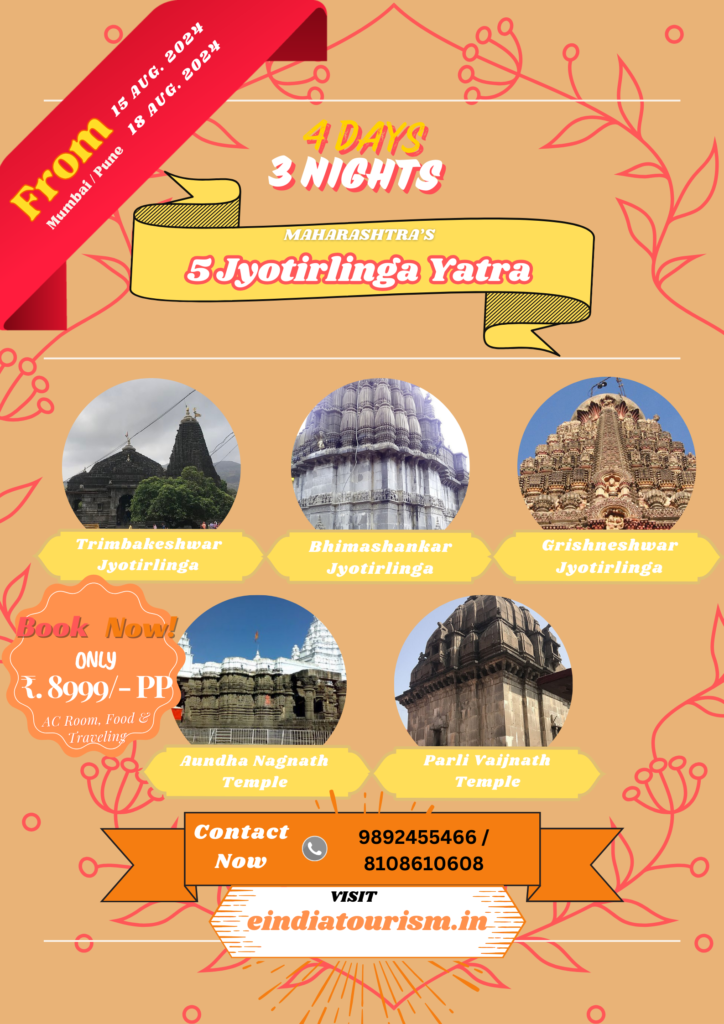

Comments are closed.